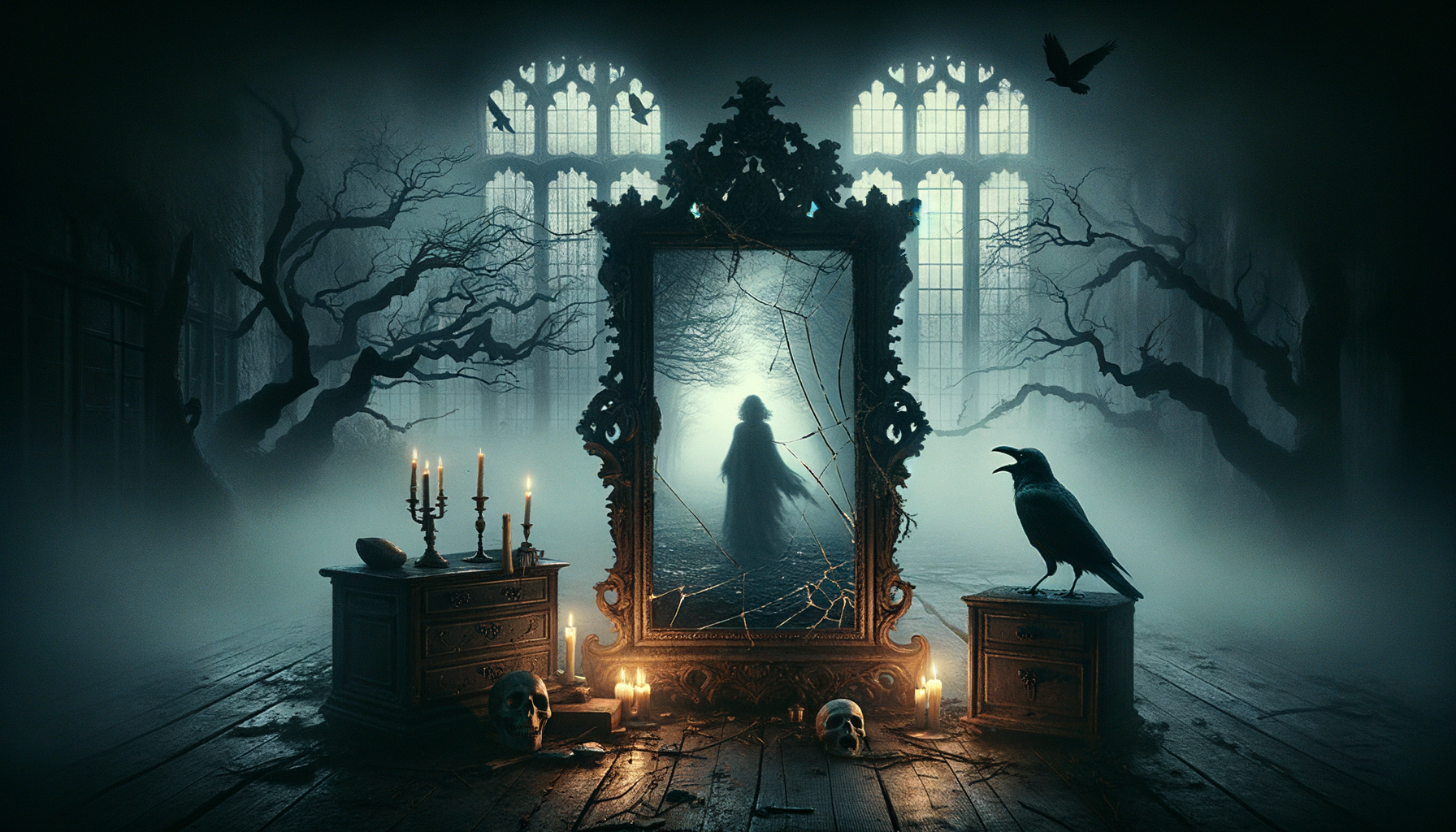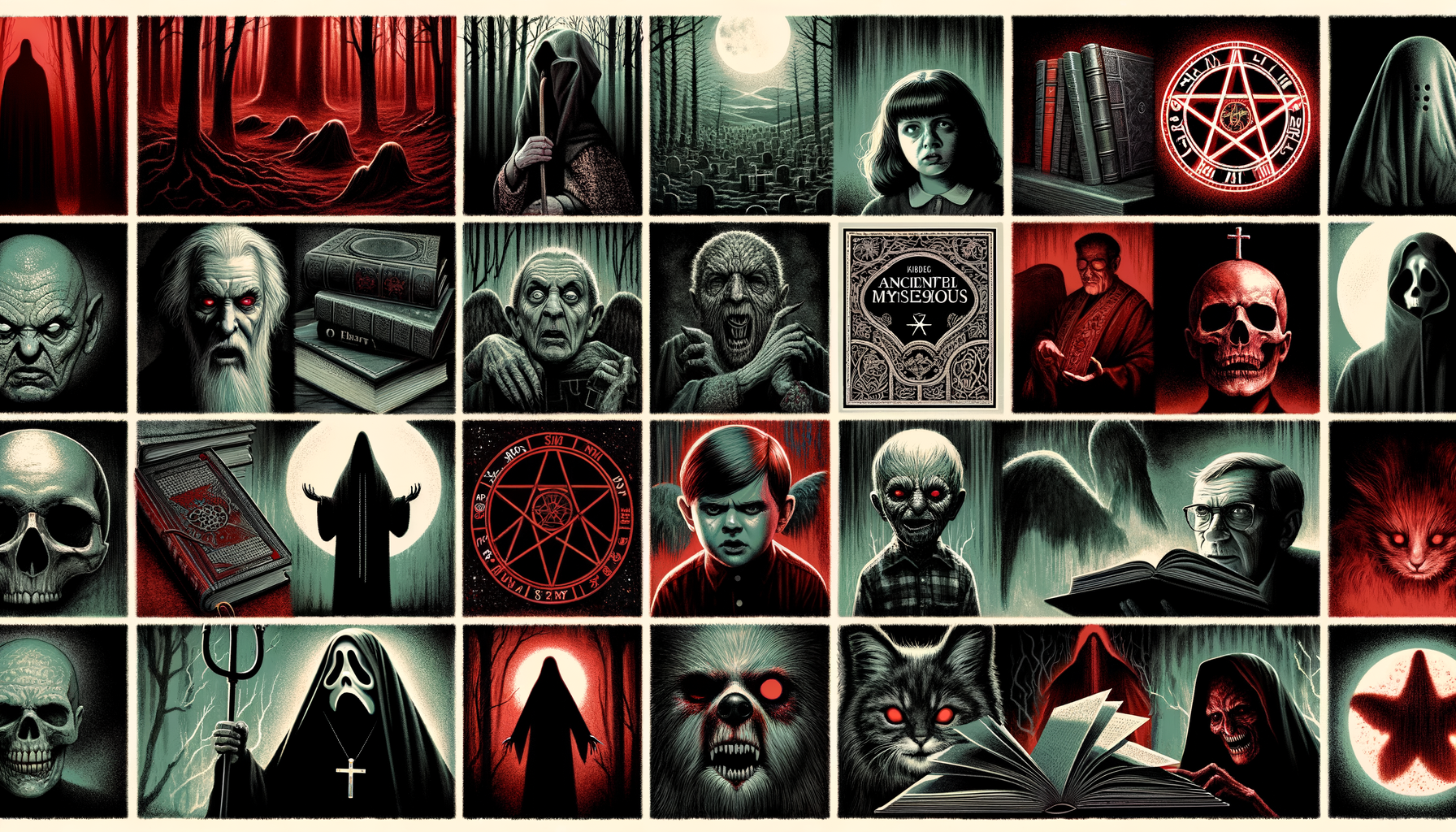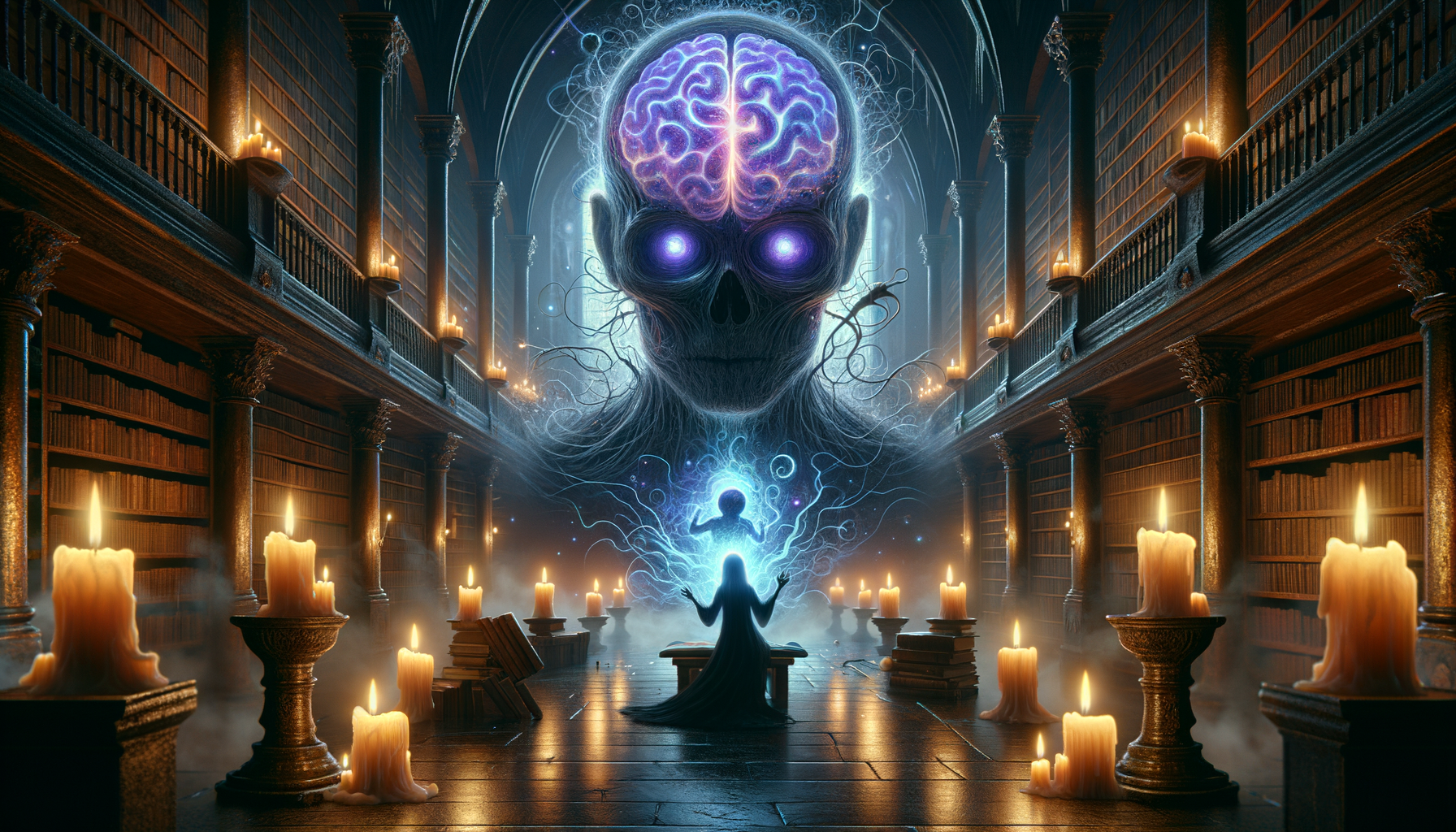Daphne du Maurier is a name that evokes both literary acclaim and spine-chilling narratives. From the windswept cliffs of ‘Rebecca’ to the eerie transformations in ‘The Birds,’ Du Maurier’s works are a masterclass in blending identity crises with horror. They captivate readers with gripping suspense and an exploration of human nature’s darker sides. Did you know that her novel ‘Rebecca’ has never been out of print since its publication in 1938? Let’s unravel the layers of identity and horror themes that make her stories so compelling!
Identity Crisis in Du Maurier’s Characters
Overview of Prominent Characters
Let’s start by looking at some of the key figures in Du Maurier’s works. The unnamed narrator in “Rebecca” and Philip Ashley in “My Cousin Rachel” are prime examples. Both characters grapple with their identities in profound ways. The narrator in “Rebecca” constantly compares herself to the enigmatic Rebecca, feeling overshadowed and uncertain. Philip Ashley, on the other hand, is caught in a whirlwind of emotions and suspicions about Rachel, questioning his own perceptions and beliefs.
Themes of Displacement and Uncertainty
These characters often struggle with their sense of self and where they belong. The narrator in “Rebecca” feels out of place in Manderley, never quite fitting into the role that Rebecca once played. Philip Ashley experiences a similar displacement, unsure whether Rachel is a loving widow or a cunning manipulator. This uncertainty eats away at their confidence and sense of identity, making them question everything around them.
Transformation and Ambiguity
Instances of shifting identities are prevalent in Du Maurier’s stories. The lines between protagonist and antagonist often blur, leaving readers in a state of constant suspense. In “Rebecca,” the narrator’s transformation from a naive girl to a more assertive woman is marked by her growing understanding of Rebecca’s true nature. In “My Cousin Rachel,” Philip’s views of Rachel shift dramatically, making it difficult to discern whether she is a victim or a villain.
The Role of Setting in Elevating Horror
Atmospheric Descriptions
Du Maurier’s settings are masterfully crafted to evoke a sense of dread. Her descriptions of the Cornish coast, the old mansions, and the misty landscapes contribute to an atmosphere that feels almost tangible. The eerie settings serve as a backdrop to the psychological turmoil of her characters, amplifying their fears and uncertainties.
Manderley and Beyond
Manderley, the grand estate in “Rebecca,” is more than just a setting; it becomes a character in its own right. The sprawling mansion, with its hidden corners and oppressive presence, adds layers of horror to the narrative. The house seems to hold onto Rebecca’s spirit, making the new Mrs. de Winter feel like an intruder in her own home. This sense of being watched and judged by the very walls contributes significantly to the overall horror.
Nature as a Character
Nature in Du Maurier’s works often takes on a character-like role. The relentless sea, the dense woods, and the ever-changing weather conditions all add to the tension. These natural elements are not just passive backdrops but active participants in the narrative, influencing the characters’ actions and emotions.
Psychological Horror Elements
The Fear of the Unknown
Du Maurier excels at exploiting the fear of the unknown. The dread of what lies just out of sight or beyond understanding is a recurring theme in her works. This fear is not always about physical threats but often about the psychological terror of not knowing the truth. The suspense is heightened as characters and readers alike are left to wonder what is real and what is imagined.
Mind Games and Manipulation
Psychological manipulation is a key element in Du Maurier’s horror. Characters like Rebecca and Rachel employ subtle and not-so-subtle mind games to control those around them. This manipulation creates a web of deceit and mistrust, leaving other characters—and readers—questioning motives and realities.
Isolation and Paranoia
Isolation is a recurring theme that intensifies the horror in Du Maurier’s narratives. Characters often find themselves physically or emotionally isolated, leading to growing paranoia. This sense of being cut off from the world exacerbates their fears and uncertainties, making the horror feel even more immediate and personal.
Gender and Power Dynamics
Female Protagonists Under Siege
Du Maurier’s female characters are depicted as both strong and vulnerable. They are often placed in situations where their strength is tested, and their vulnerabilities are exploited. This duality makes them relatable and complex, adding depth to the narrative.
Patriarchal Threats
Patriarchal figures in Du Maurier’s works often exert control and induce fear. These figures represent societal norms and expectations, which the female protagonists must navigate and often resist. The tension between these patriarchal forces and the protagonists’ struggles for autonomy adds another layer of horror.
Subversion of Traditional Roles
Du Maurier frequently flips traditional gender roles, adding to the confusion and horror. Female characters often take on roles that challenge societal expectations, while male characters may find themselves in positions of vulnerability. This subversion not only adds to the narrative tension but also challenges readers’ preconceived notions.
Symbolism and Imagery in Horror
Recurring Symbols
Symbols like birds, mirrors, and the sea recur in Du Maurier’s works, contributing to the thematic depth. Birds often symbolize freedom or entrapment, mirrors reflect inner truths or deceptions, and the sea represents both life and death. These symbols enrich the narrative, adding layers of meaning and enhancing the horror elements.
Visual Imagery
Du Maurier’s use of vivid and often disturbing imagery reinforces the themes of horror. Her descriptions are so detailed and evocative that they create a strong visual impact, making the horror feel more immediate and real. This imagery not only sets the mood but also serves to underscore the psychological and emotional states of the characters.
Foreshadowing and Its Impact
Foreshadowing is another technique Du Maurier uses to build suspense and deepen the horror. Subtle hints and clues are scattered throughout the narrative, creating a sense of impending doom. This technique keeps readers on edge, as they anticipate the unfolding of events that have been ominously hinted at, making the eventual revelations all the more impactful.
Conclusion
From identity crises to the omnipresent psychological dread, Daphne du Maurier’s works remain a rich tapestry of horror and self-discovery. Her novels continue to grip readers, enticing them to question their perceptions of reality and identity. If you’ve found yourself intrigued by the chilling narratives discussed, why not pick up ‘Rebecca’ or ‘The Birds’ and experience the masterful blend of horror and identity for yourself? Embrace the spine-tingling suspense Du Maurier has to offer—you won’t be disappointed!




